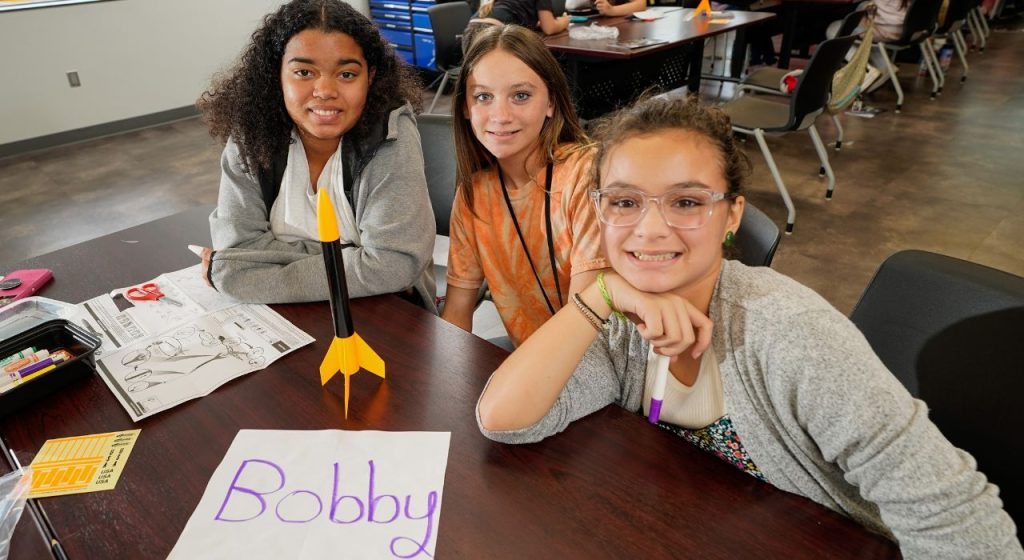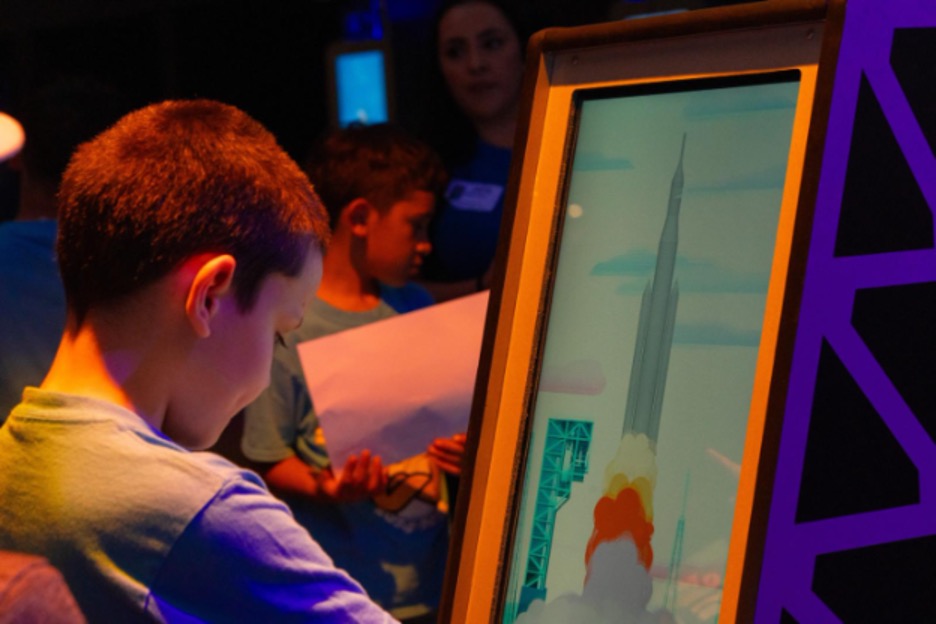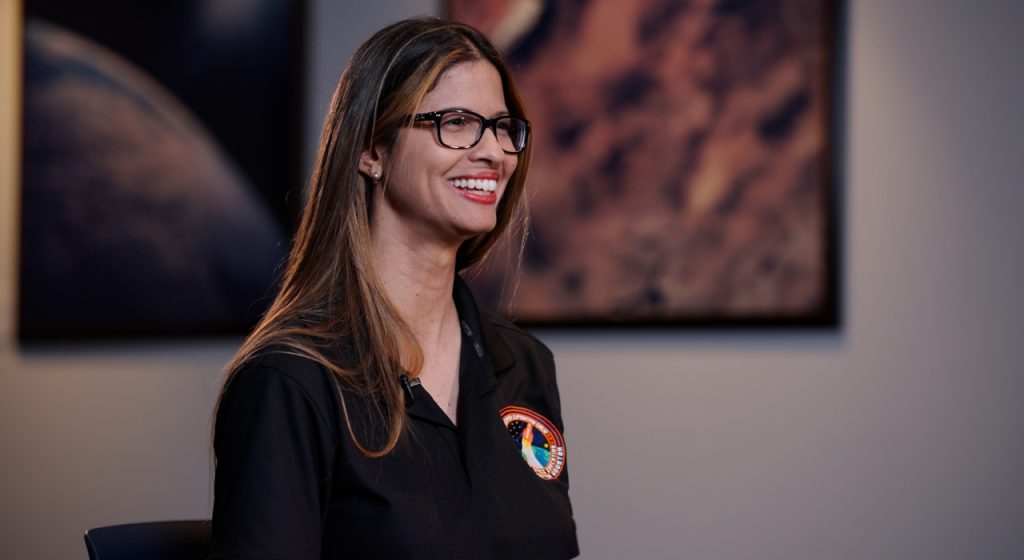
The International Space Station was designated a “national lab” in 2005. In its 20 years of existence, some groundbreaking research has been done in its cozy confines.
The work continues every day. With each crew launch and supply mission, new experiments and research is delivered to and from space. Back in March, a new resupply mission launched research for fields like new technologies, medical treatments and products that improve life on Earth.
Here’s a sample of some of the work being done right now.
High-tech shoes from space

Particle foam molding is a manufacturing process that blows thousands of pellets into a mold where they fuse together. The shoe company Adidas uses this process to make performance midsoles, the layer between the sole of a shoe and the insole under your foot, for its products.
The BOOST Orbital Operations on Spheroid Tesellation (Adidas BOOST) investigation looks at how multiple types of pellets behave in this molding process. Using one type of pellet creates a foam with the same properties throughout the sole component.
Using multiple pellet types can allow engineers to change mechanical properties and optimize shoe performance and comfort. Removing gravity from the process enables a closer look at pellet motion and location during the process.
Better packing could impact both your feet here on Earth and any supplies being sent to the Moon and Mars. After all, the boots that will make that next giant leap will need to be insulated.

Conserving water in the shower
One of the most important components of space travel is water. Humans need it to survive, but so do plants. If a long-term habitat is ever planned away from the Earth’s surface, water conservation will be key. This experiment takes that idea and brings it into your home through a showerhead.
Droplet Formation Studies in Microgravity (Droplet Formation Study) evaluates water droplet formation and water flow of Delta Faucet’s H2Okinetic showerhead technology. Reduced flow rates in shower devices conserve water, but also can reduce their effectiveness.
That can cause people to take longer showers, undermining the goal of using less water. Gravity’s full effects on the formation of water droplets are unknown, and research in microgravity could help improve the technology, creating better performance and improved user experience while conserving water and energy.
Toward better 3D printing
Do you have a 3D printer at home? Chances are, you don’t, but as this technology becomes more widely available, its potential begins to grow. For space exploration, the possibilities are endless. Isn’t it easier to make the tools on site or during a longterm voyage, rather than launching them from Earth?
The Nonequilibrium Processing of Particle Suspensions with Thermal and Electrical Field Gradients (ACE-T-Ellipsoids) experiment designs and assembles complex three-dimensional colloids – small particles suspended within a fluid – and controls density and behavior of the particles with temperature.
Called self-assembled colloidal structures, these are vital to the design of advanced optical materials, but control of particle density and behavior is especially important for their use in 3D printing. Microgravity provides insight into the relationships among particle shape, crystal symmetry, density and other characteristics.
Functional structures based on colloids could lead to new devices for chemical energy, communication, and photonics.
Growing human heart cells
Lastly, the ISS continues its really wonderful medical research on things like heart cells.

Generation of Cardiomyocytes From Human Induced Pluripotent Stem Cell-derived Cardiac Progenitors Expanded in Microgravity (MVP Cell-03) examines whether microgravity increases the production of heart cells from human-induced pluripotent stem cells (hiPSCs).
HiPSCs are adult cells genetically reprogrammed back into an embryonic-like pluripotent state, which means they can give rise to several different types of cells. This makes them capable of providing an unlimited source of human cells for research or therapeutic purposes.
For MVP Cell-03, scientists induce the stem cells to generate heart precursor cells, then culture those cells on the space station for analysis and comparison with cultures grown on Earth.
These heart cells or cardiomyocytes (CMs) could help treat cardiac abnormalities caused by spaceflight. In addition, scientists could use them to replenish cells damaged or lost due to cardiac disease on Earth and for cell therapy, disease modeling and drug development.
Human cardiac tissues damaged by disease cannot repair themselves, and loss of CMs contributes to eventual heart failure and death.
But, as with all these experiments, things we learn in the national lab could soon be used back on Earth to benefit everyone on our shared planet.







